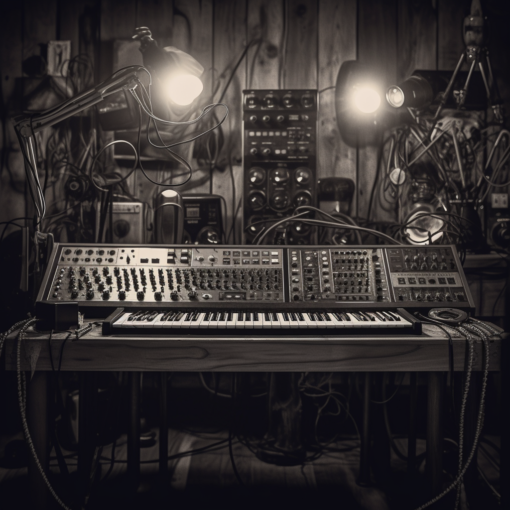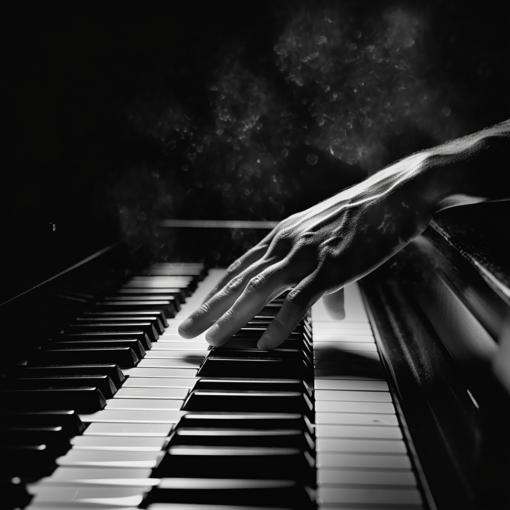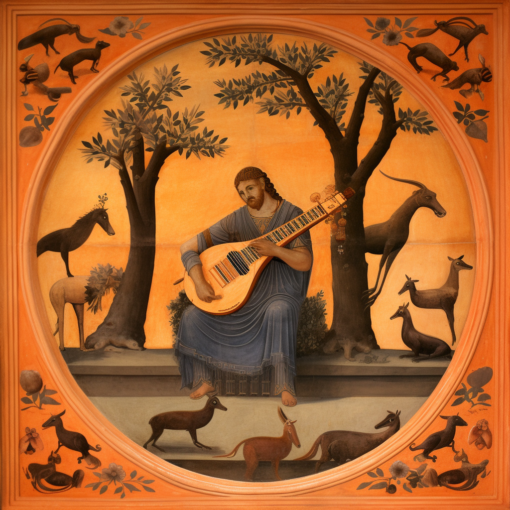Dear readers, today, I invite you to join me on an intriguing journey, exploring an element of music that often goes unnoticed, yet remains central to the experience: silence. When we think of music, it is the notes, the melody, the rhythm that usually take center stage. But what about the silent interludes, the pauses, the breaks? Are they merely empty spaces, or do they hold a deeper significance?
In music, silence is far from being an absence. It’s a powerful presence, an active participant that shapes the narrative of the composition. Pauses, in their seemingly contradictory role, serve to bring the notes, melodies, and harmonies to life. They provide room for the sound to breathe, the listener to reflect, and the music to resonate.
The power of a well-placed pause is universal, reaching across various genres and styles. In classical music, composers like Ludwig van Beethoven were masters at using silence as a dramatic device, creating suspense, surprise, or providing a moment of respite before the onset of a powerful movement. In jazz, the improvised solos are often punctuated by pauses, a momentary respite that enhances the rhythm and anticipation. In rock and pop, the artful use of silence can amplify the impact of a chorus or highlight the poignancy of lyrics.
This ability of silence to create emphasis and enhance the emotive quality of a piece was superbly captured by the French composer Claude Debussy, who noted, “Music is the silence between the notes.” These intervals, these gaps, are not just mere placeholders but serve to frame and emphasize the notes around them. They become a part of the musical conversation, a dialogue not only of sound but also of silence.
Silence in music also offers a potent tool for emotional expression. A well-placed pause can create tension, evoke a sense of longing, accentuate a dramatic moment, or provide a gentle, contemplative space. It can elicit a host of emotions, heightening the overall experience of the piece.
Moreover, silence plays a crucial role in defining the rhythm of a piece. In music, rhythm is not only dictated by the beat of the notes but also by the spaces in between. These intervals, however brief, can dramatically change the feel of the music, creating a sense of syncopation, anticipation, or release.
In the noise and hustle of our modern world, silence has become a rare commodity. Yet in music, silence retains its power and potency, a testament to the adage that ‘less is more’. As we journey through the vast landscape of melodies and harmonies, let us also pay homage to the silence that underpins them, the quiet moments that reverberate with unspoken emotion and depth.
So, dear readers, the next time you listen to your favorite piece of music, I encourage you to pay attention to the silences, the pauses, the breaks. Notice their presence, feel their impact, and discover the profound resonance of these quiet moments. In the symphony of life, it is often the silent pauses that echo the loudest.
Until next time,
Percival

Further Reading:
- The Sound of Silence: How you use it in Music: MasterClass delves into the importance of silence in music, exploring its functions and usage across different genres.
- The Power of Pauses in Music: This BBC Culture article beautifully describes the power and impact of pauses in music, highlighting their role in defining some of the most memorable compositions.
- The Art of Silence in Music: A fascinating piece by CMUSE that explores how silence is woven into the fabric of music, forming an integral part of its structure and expression.





3 thoughts on “The Reverberations of Silence: Exploring the Power of Pauses in Music”
I don’t think the title of your article matches the content lol. Just kidding, mainly because I had some doubts after reading the article.
Just tried kk345bet, pretty solid! Quick payouts are a major plus. Definitely worth checking out. See for yourself at kk345bet.
Jogabetbr, brazuca que é brazuca gosta de um bom jogo! Esse site tem a nossa cara, com apostas nos esportes que a gente mais curte! Vamo que vamo na jogabetbr!